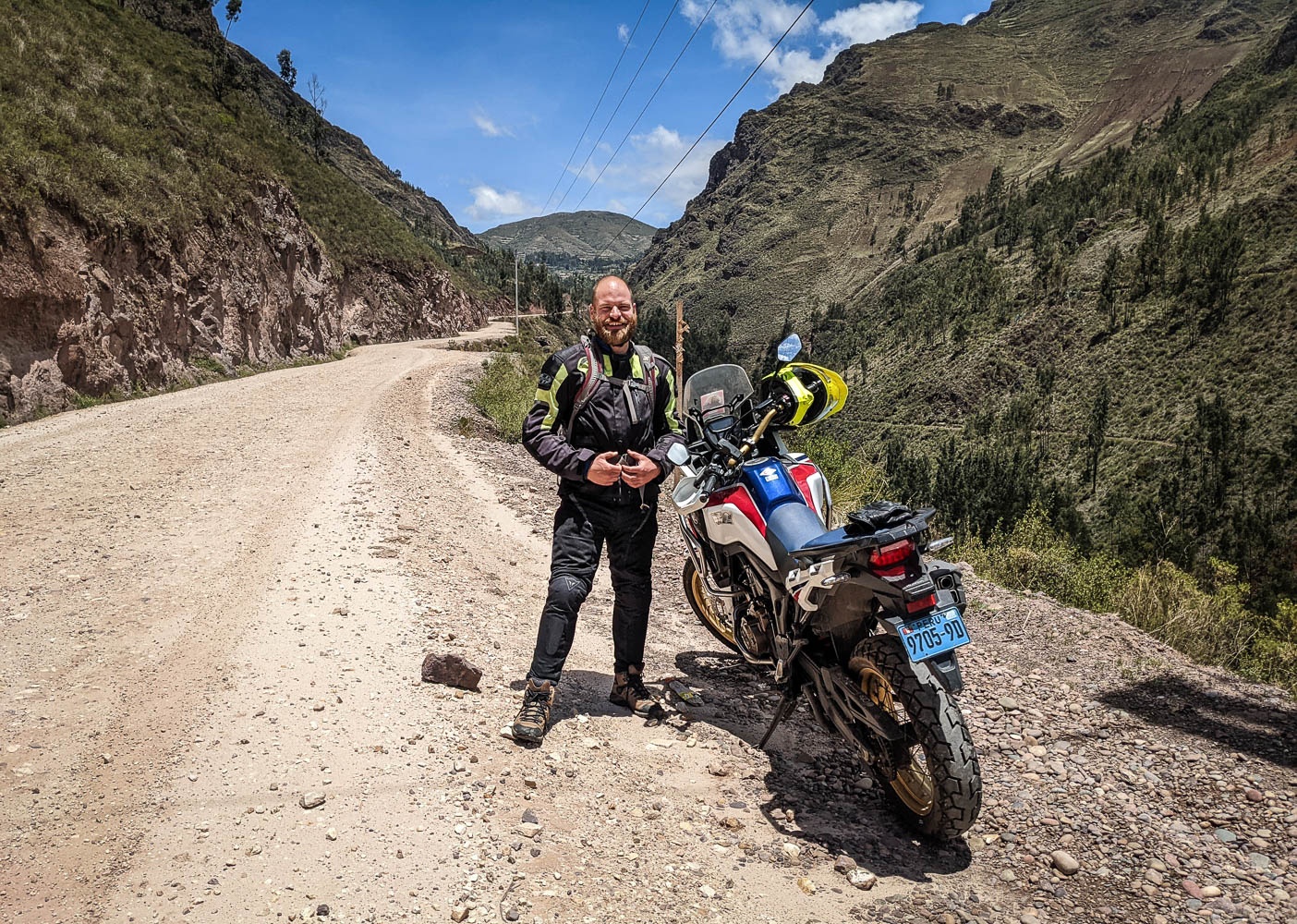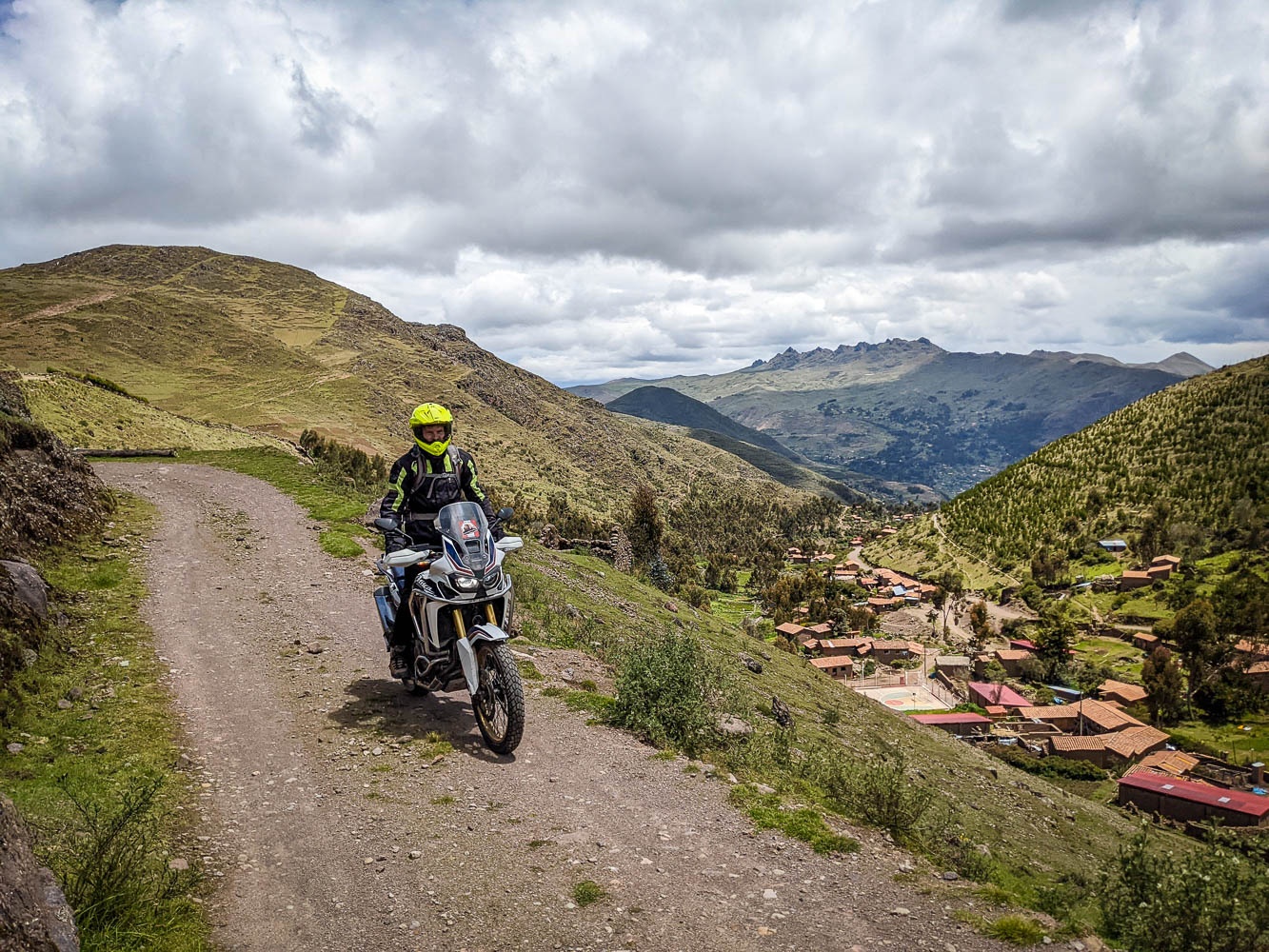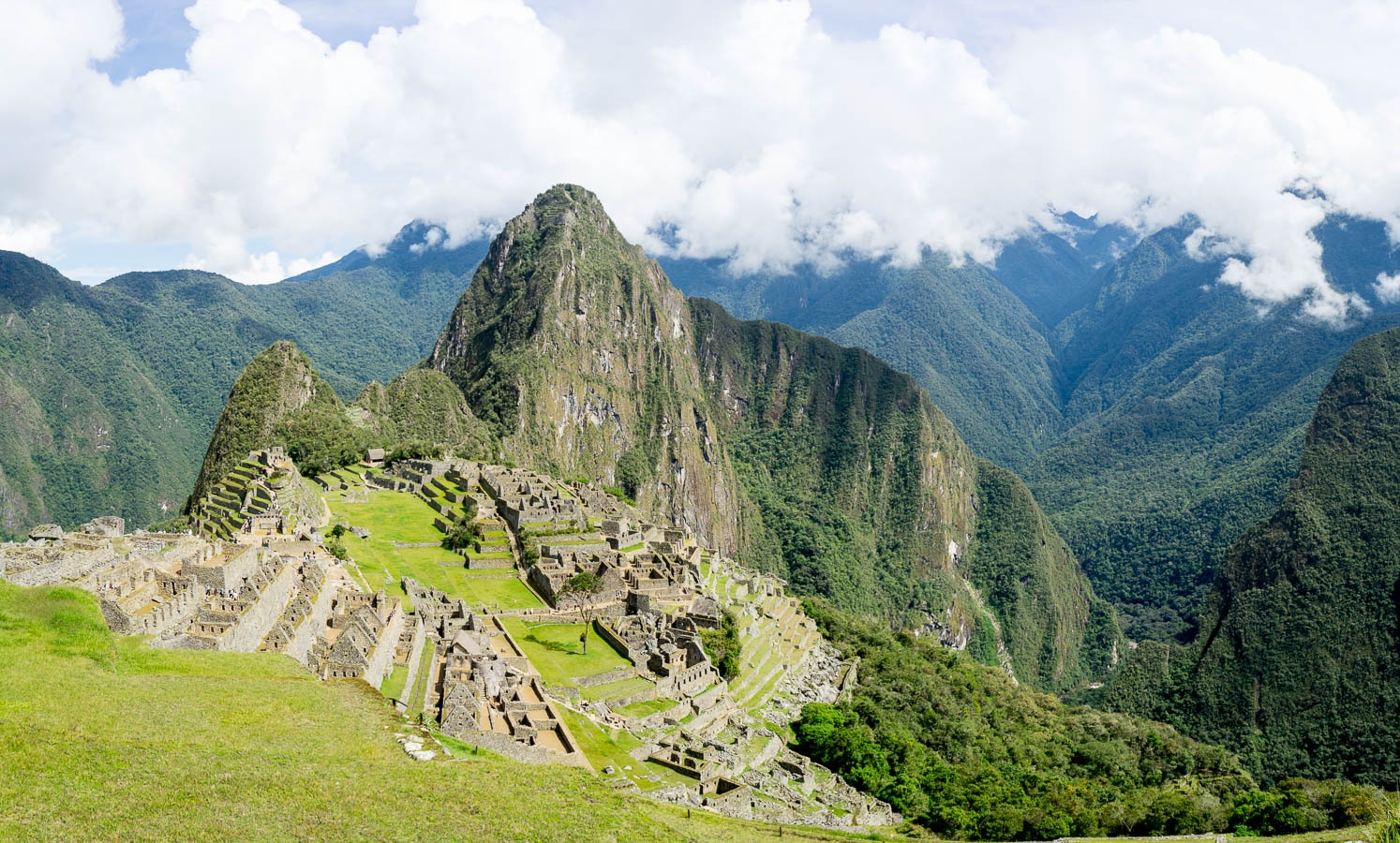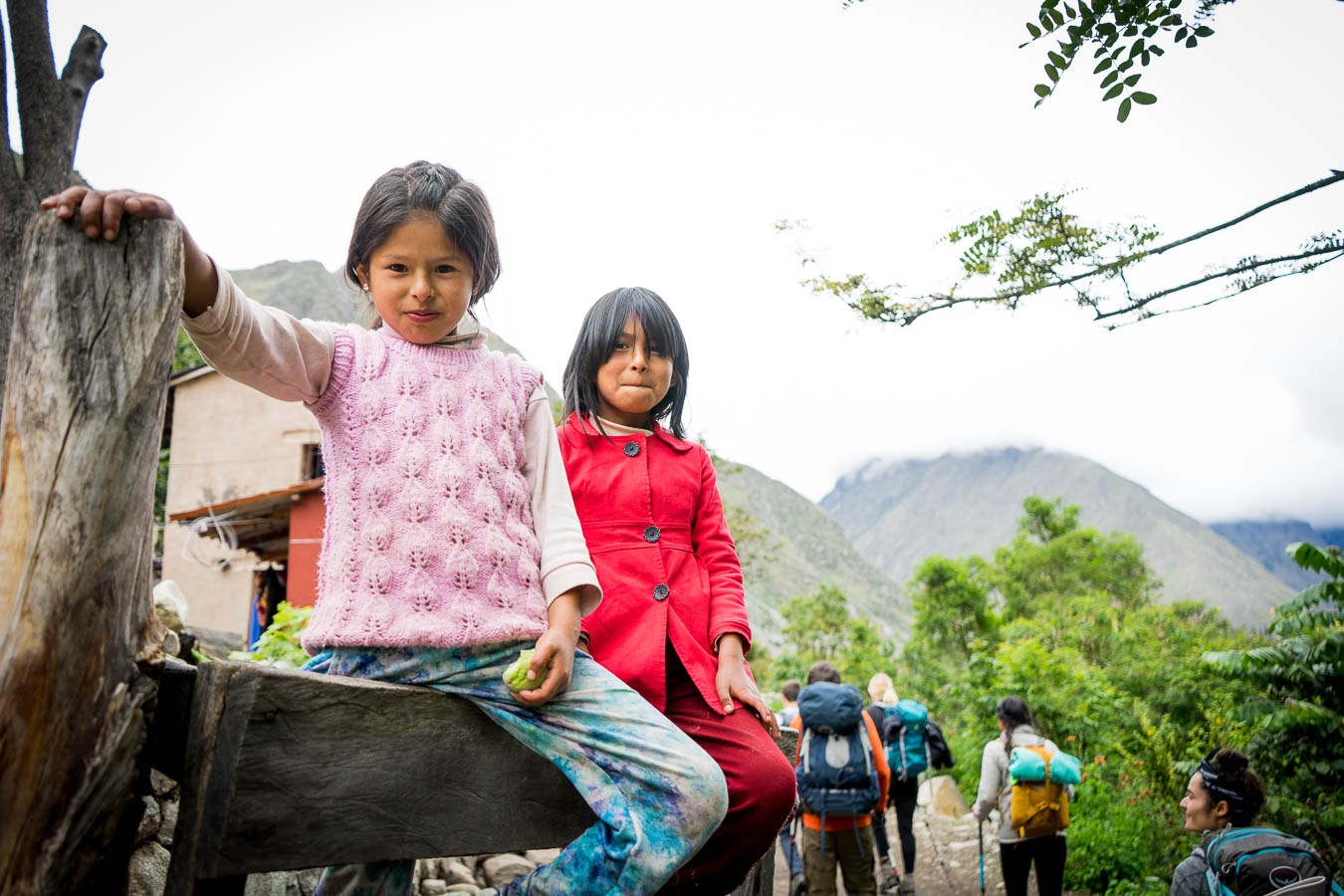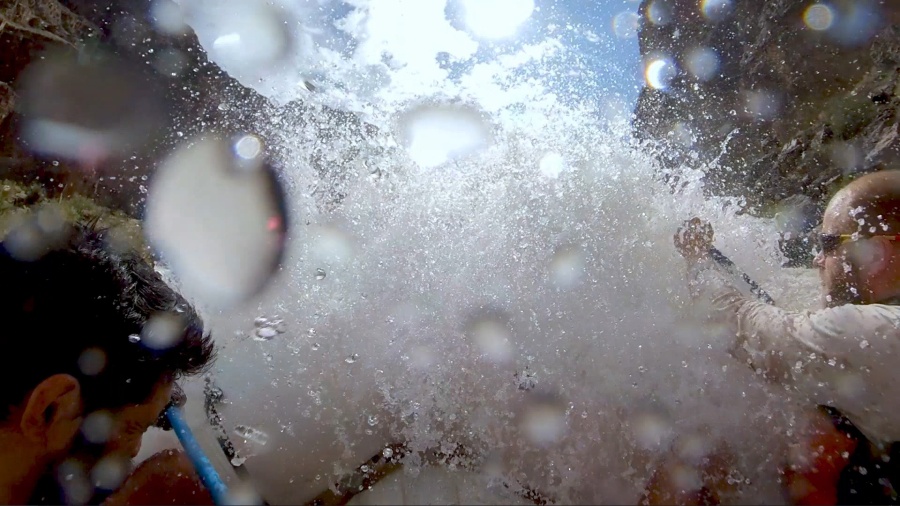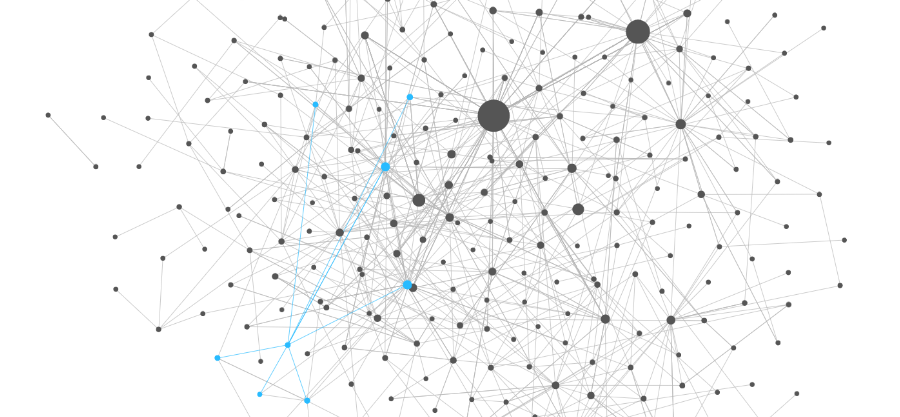In Defense of Food: An Eater’s Manifesto
by Michael Pollan
Goodreads
Eat food. Not too much. Mostly plants.
That is the core advice Michael Pollan has for you on how to eat - it’s right on the cover of the book. It’s way simpler and easier to understand than the nutritional recommendations you usually see, which talk about things like trans fats and Omega-3s - things that you can’t see and touch.
Pollan traces the origins of such nutritionism to the aftermath of the 1977 report of the United States Senate Select Committee on Nutrition and Human Needs. The committee’s goal was, broadly speaking, to recommend a national nutrition policy. Towards this end, the committee’s report recommended that Americans “eat more fruits, vegetables, and whole grains, and less high-fat meat, egg, and dairy products”.
This was, unsurprisingly, met with a less-than-enthusiastic response by the cattle, dairy, and sugar industries, who proceeded to lobby the committee furiously, eventually pressuring the committee to change those guidelines to instead “choose meats, poultry, and fish that will reduce saturated fat intake”. Eating less is bad for business, plain and simple. And no longer do guidelines tell you what foods to eat - you must look within for invisible “saturated fats” and consult experts for guidance on what foods contain more or less of it.
And so, despite ever more fine-grained advice on what to eat, we’ve been getting fatter and fatter (image source):

And along with that, we’ve been suffering more and more from the “western diseases” like hypertension, heart diseases, cancer and so on. What gives?
read more
